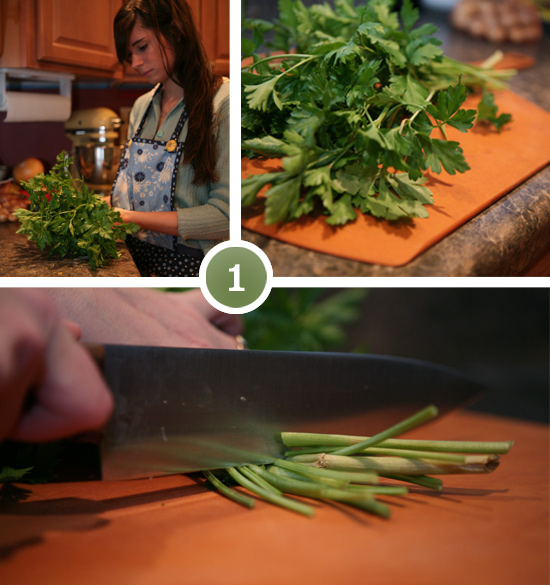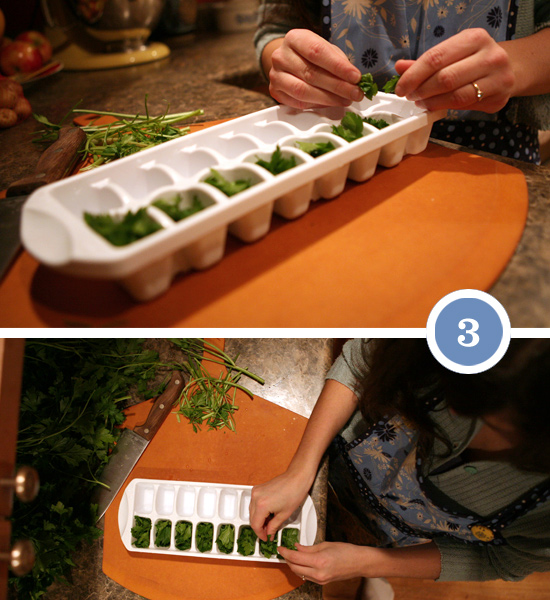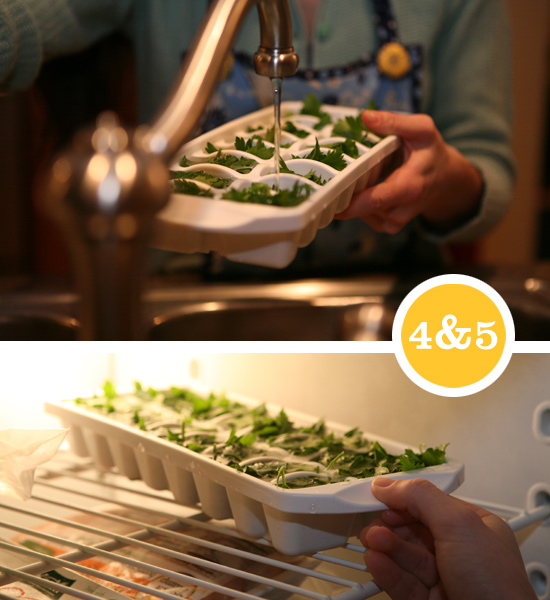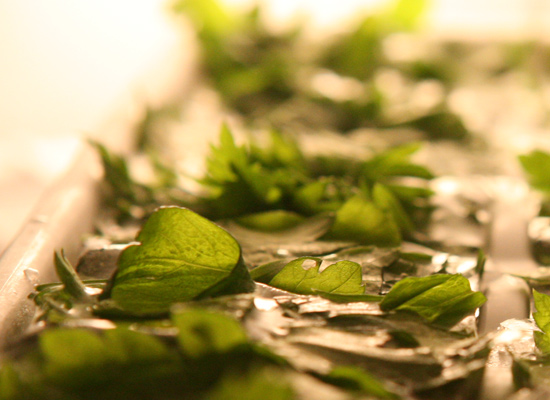Mike and I will be married in nine months. Mike and I compliment each other perfectly. What I lack, Mike has, and vice-versa. For example, Mike is excellent at math. This amazes me, because I am “not a math person” (that’s the nice way to say it). Needless to say, Mike will be the one doing the taxes and paying our bills when we’re married.
And what strong suits will I be bringing to the marriage? Well, while Mike does the taxes, I will take care of the cooking. I come from a long line of humans who live for one thing alone: to eat good food. We’re Italian, and we know what good cookin’ tastes like!
Through cooking, I’ve become more aware of where our food comes from, and I feel strongly that one of the most important itty-bitty changes we can make in our lives is to eat as close to home as possible, meaning buying the strawberries from the neighboring town verses the ones from two states away.
Sustainable Table is a website with some great information about why it is so important to buy locally grown food. One of the statistics on their site especially hit home for me:
Between production and transportation, growing 10% more produce for local consumption would result in an annual savings ranging from 280,000 to 346,000 gallons of fuel.”
The tough part is that Duluth’s long winters make buying locally grown food possible for only about four months per year. But there are some great CSA options in the area, so please check them out if you don’t already know about them.
We are lucky enough to have enough dirt around us to grow a little food ourselves. Mike and I planted a little garden in our backyard last spring, and our tiny patch of dirt exploded with peppers, peas, lettuce, herbs, rhubarb, and more. It was really fun to walk outside and pick ourselves a salad every night.
Recently, the arrival of cold weather meant we had to watch our beautiful crops whither away. We had eaten almost everything, except for the herbs. Large patches of basil and parsley still remained, and we wondered how we could preserve these plants for cooking with all winter long.
This is where having a “foodie” family comes in handy- My mom came up with a great way to preserve herbs, so I thank her for the following tutorial.
 Preserving Fresh Herbs:
Preserving Fresh Herbs:
1: Harvest the herbs (in this case, parsley). Wash them, and remove the stems.

2: Tear the herbs into pieces. I did this by hand instead of using a knife, because I wanted the pieces to stay relatively large.

3: Fill the cells of an empty ice tray with the pieces. I really crammed the parsley in there, to get the most out of each cell.

4&5: Slowly fill each cell with water until the herbs are submerged. If they start to float up, push them down with your finger. Now that they are wet, the leaves will stick together and stay put. When finished, put the tray in the freezer.

These beautiful little herb-cubes can be popped into any sauce or stew and the ice will melt to reveal perfectly fresh tasting parsley! For basil, use the same technique but fill the cells with olive oil instead of water (water makes basil turn black.)

Happy cooking everyone!




so excellent! we have just a handful of thyme & parsley left in our patch–now I know what I’ll be up to this weekend!
Now I’m really bummed that I had to let the parsley and mint go. Next year, I’ll have your handy hint in my arsenal and will save those herbs for use during the cold, dark days of winter! Thanks, Tonia (and mom), for the great idea!
I’m really enjoying your blog. Great pictures, too.
Very cool! David usually works with storing the herbs. I have to show this to him. He’s gonna freak! This is awesome!
Dear Tonia,
In response to your questions, don’t change a thing.
But get chickens.
XO,
Beth